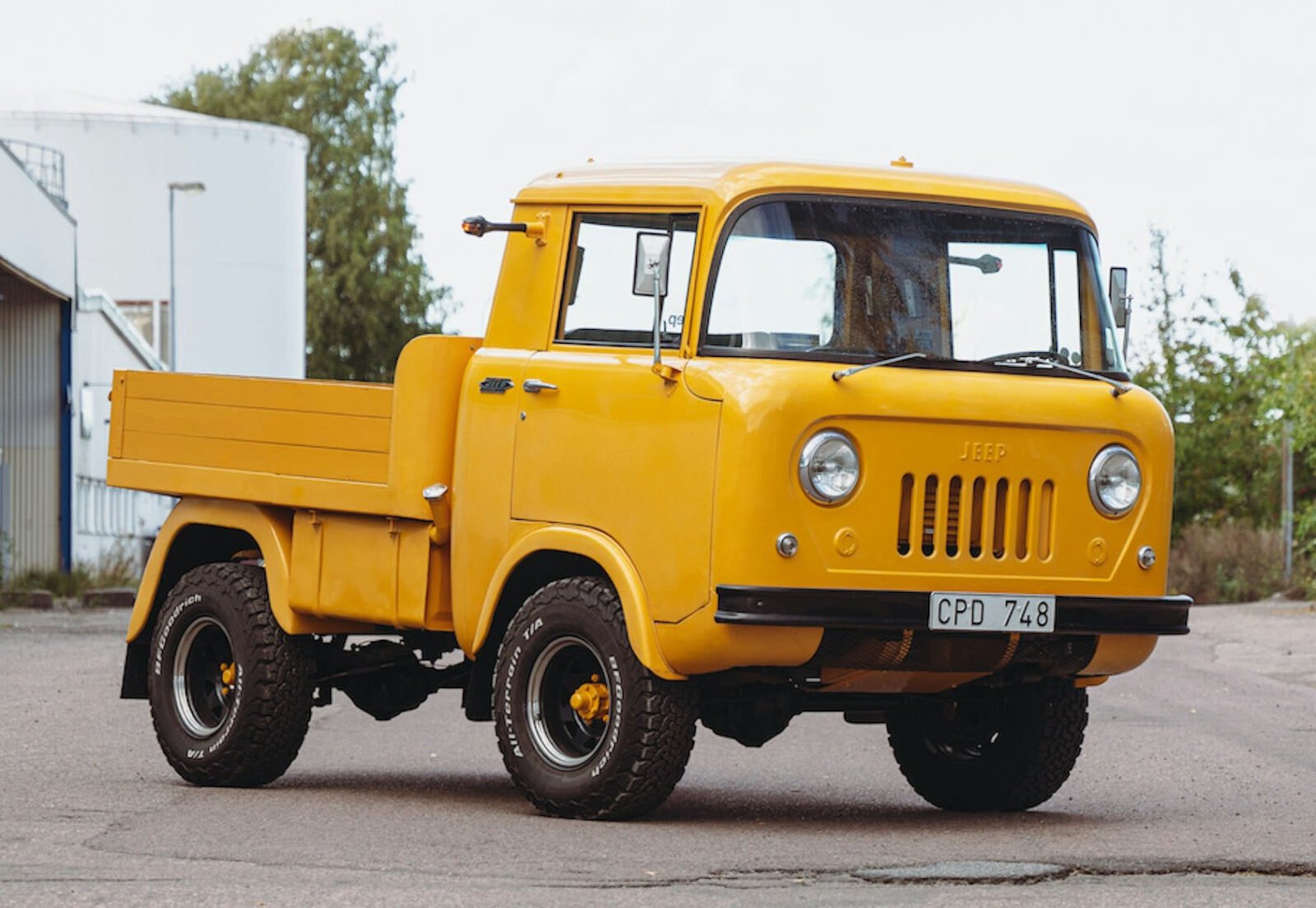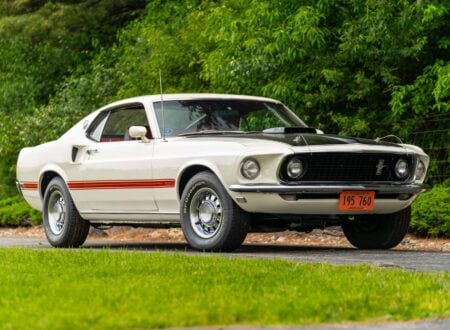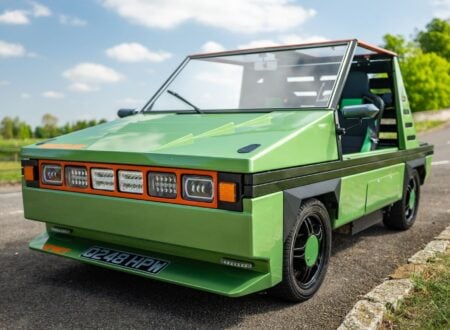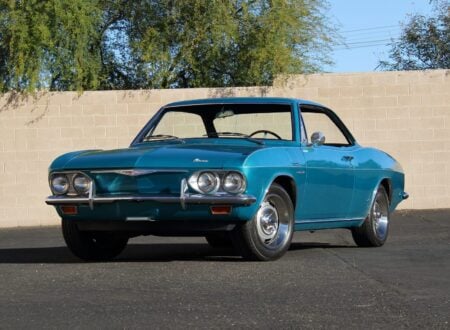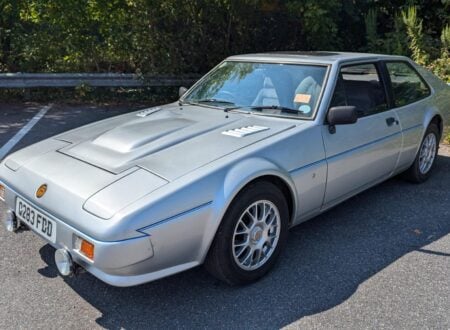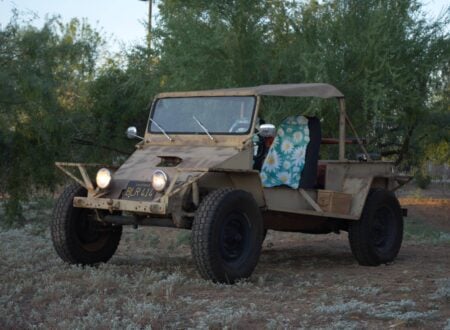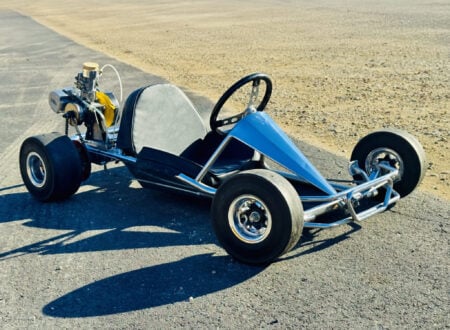This is a Willys Jeep “Forward Control” FC-150, a vehicle styled by celebrated industrial designer Brooks Stevens and based on the same chassis as the Jeep CJ-5 to ensure broad parts compatibility.
The FC-150 was developed as a more practical alternative to the regular Jeep, with three seats up front and a relatively large cargo box in the back. Willys hoped the FC-150 series would be used for agricultural and industrial purposes, but it never sold in the numbers they had projected.
Fast Facts – The Willys Jeep “Forward Control” FC-150
- The Willys Jeep FC-150 was released in 1956 as part of Willys-Overland’s effort to diversify their product line beyond the traditional CJ series Jeeps. The Forward Control design was a radical shift from the conventional Jeep layout, inspired by the efficiency of cab-over-engine truck architecture. The idea was to create a compact but capable utility vehicle that maximized cargo space within a small footprint, ideal for agricultural, industrial, and municipal applications.
- The FC-150 design is credited to industrial designer Brooks Stevens. It featured a cab-over-engine layout – this arrangement allowed a large cargo bed in a vehicle with a short wheelbase. Initially, it used the same 81 inch wheelbase as the CJ-5. The drivetrain and powertrain components were largely borrowed from the existing CJ models, including the Willys Hurricane engine, a 2.2 liter inline-four known for its reliability.
- The Forward Control was adept in various roles, from farm work to light industrial tasks. Willys-Overland also introduced several variants, including the FC 170 variant with a longer wheelbase and greater cargo capacity. Specialized versions such as fire trucks and rescue vehicles were also developed, and a concept for a civilian minivan was also designed – one of the first of its kind.
- Production of the FC-150 continued through the late 1950s into the mid-1960s. In 1958, the wheelbase was extended to 94 inches to improve stability and handling. Over its production years, the FC-150 saw various minor modifications in its design and mechanical components, though the fundamental concept remained unchanged.
- A number of versions were built overseas in India and Spain, production of Jeep Forward Control variants continued in these two countries for decades after the model was discontinued in the United States, well into the 1980s.
One Of The Most Efficient Pickup Trucks Of Its Time
The Jeep Forward Control was one of the most innovative vehicles of its kind in the mid-20th century. By 1958 it was offering a 1:1 ratio between its curb weight and payload – the lowest ratio offered by a domestic manufacturer at that time in the standard light-duty commercial market segment.
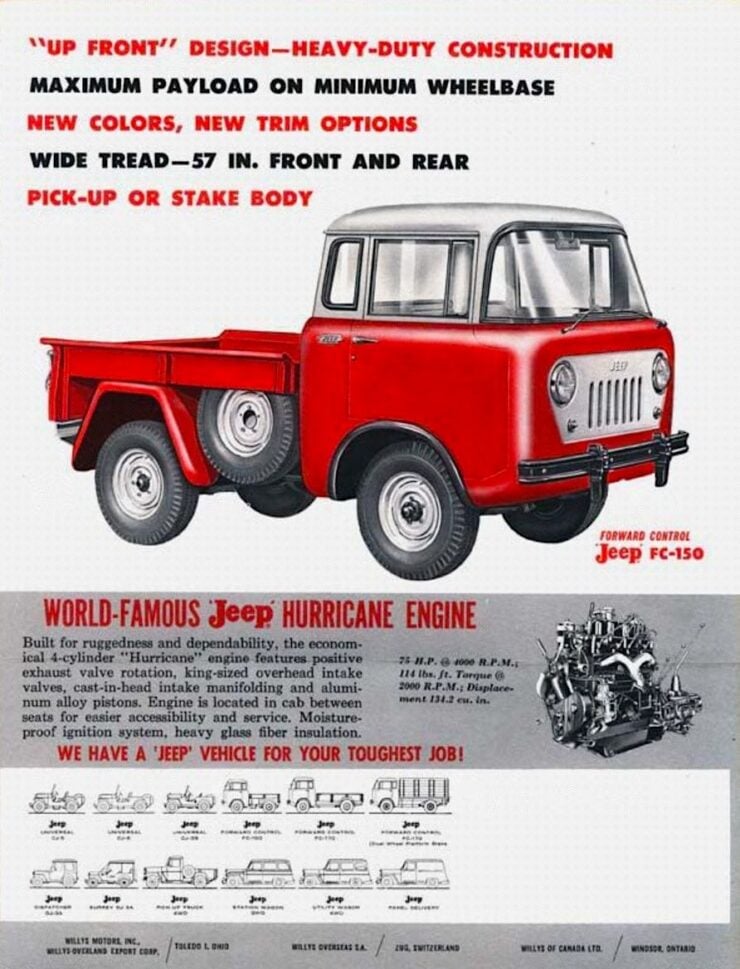

The reason for this excellent payload-to-curb-weight ratio was the design of the FC-150, it made fantastic use of chassis space – offering a full 78 inch pickup bed even though it only had a wheelbase of 81 inches and a total length of 147.5 inches.
The Forward Control was initially offered as the FC-150 variant from 1956 onwards, this was joined by the FC-170 a year later in 1957. These would remain the two primary versions, though concepts were developed for others, and there was a dual-wheeled rear axle (dually) FC-170 DRW produced in limited numbers.
Some military variants of the FC-170 were developed and they proved better in many respects to the Dodge M37, with 50% more cargo space, room for 12 troops instead of only 8, better fuel economy, twice the mileage, and a 700 lb higher load rating.
Later examples of the Forward Control design that were built under license in India by Mahindra & Mahindra Limited in Mumbai (formerly Bombay) were given bus bodies and would regularly carry far more than their official load rating.
Although the Jeep Forward Control would never sell in the desired numbers in the United States, it would become the veritable backbone of many cities in India and a key cargo truck in Spain, it would remain in production in both of these nations for over 20 years after US production ceased.
The Jeep FC-150 Forward Control
The Jeep Forward Control was developed in the mid-1950s as a versatile pickup truck-style vehicle that used the same chassis and drivetrain as the pre-existing Jeep CJ-5 – a vehicle that itself had been developed from the foundation of the WWII-era Willys Jeep.
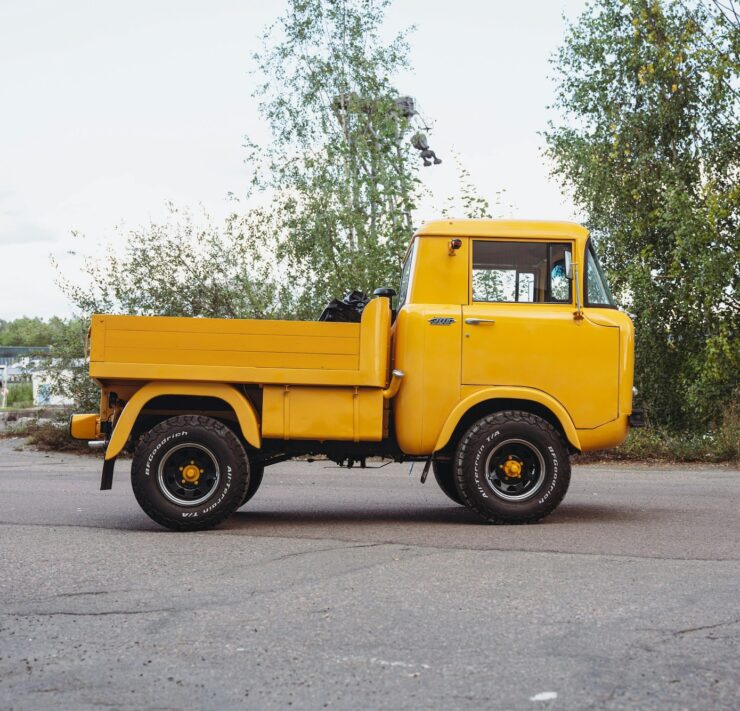

Truth be told, the CJ-5 platform wasn’t particularly well-suited to cargo hauling due to its relatively short wheelbase, so industrial designer Brooks Stevens was tasked with the somewhat difficult job of packaging it all together, and by all accounts he lived up to his reputation.
Stevens developed his design with inspiration from the efficient layout of cab-over-engine truck architecture. He shifted the cab well forward and up over what was the engine bay on the CJ-5. This still allowed space for three seats but opened up a 78 inch pickup bed behind.
The FC-150 still used the steel ladder frame chassis of the CJ-5, as well as the same engine and drivetrain, brakes, and a version of the same suspension – this all vastly reduced development costs and largely eliminated much of the retooling that would have been required otherwise.
At the time of its release in 1956, the FC-150 was powered by the Hurricane engine, a 2.2 liter flathead inline-four. Later versions would receive the 3.7 liter Super Hurricane inline-six, and a small number would be powered by the Ford Y-block V8.
Power was sent back through a 3-speed Borg-Warner T-90 manual transmission, which was upgraded to the 4-speed Borg-Warner T-98 manual from 1958 onwards, and a dual-range transfer case to either the rear wheels only or all four wheels.
The vehicle rides on live axles on leaf springs front and back, with four wheel drum brakes, and it has non-power assisted steering – as you may have expected for a rugged 4×4 designed in the 1950s.
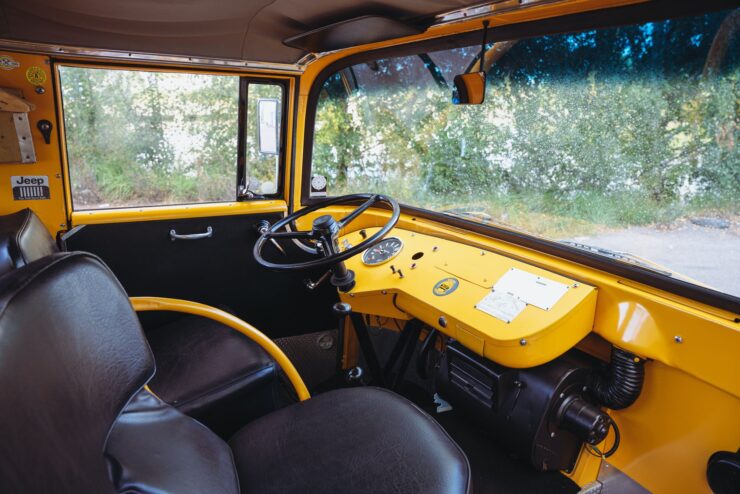

The Forward Control would remain in production, with various upgrades, from 1956 until 1965. That said, and as noted further up, versions of the vehicle being built under license in India and Spain remained in production well into the 1980s.
The 1962 Willys Jeep FC-150 Shown Here
The vehicle you see here is a Willys Jeep Forward Control FC-150 from 1962 – this is later in the production run and so it benefits from a number of upgrades that had been applied to the model series over its production run.
Once of these upgrades was the change of the vehicle’s track width from 48 inches to 57 inches in 1958. This change increased the stability of the FC-150 and it coincided with the switch from a 3-speed to a 4-speed manual transmission – as a result these later FC-150s are often more sought after by enthusiasts.
This FC-150 has been restored at some point in its life, though the listing doesn’t go into too much detail about it. It’s finished in a beautiful shade of yellow, with matching yellow wheel hubs, and it rides on steel wheels fitted with BF Goodrich All Terrain tires.
As you might expect, power is provided by the 2.2 liter Hurricane inline-four and it has the correct 4-speed box and dual-range transfer case. Inside you’ll find black vinyl trimmed seats and yellow paint on the exposed metal that matches the exterior.
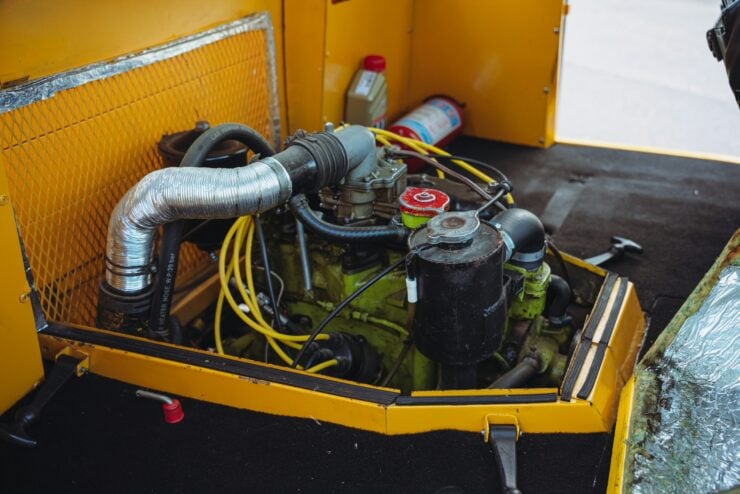

Inside you’ll also find a cabin heater, a fire extinguisher, some wall-mounted storage on the sides of the cab, and a period Swedish-language instruction manual for the vehicle.
This FC-150 is now being offered for sale out of Karlstad, Sweden on Collecting Cars. If you’d like to read more about it or register to bid you can visit the listing here.
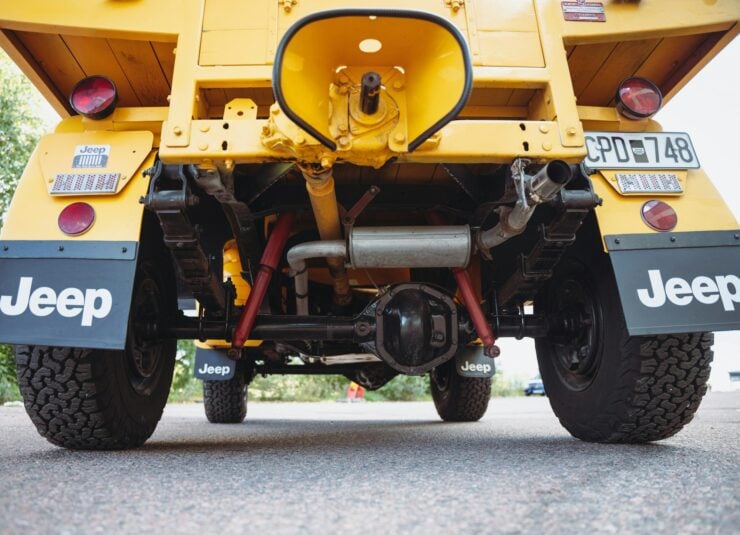
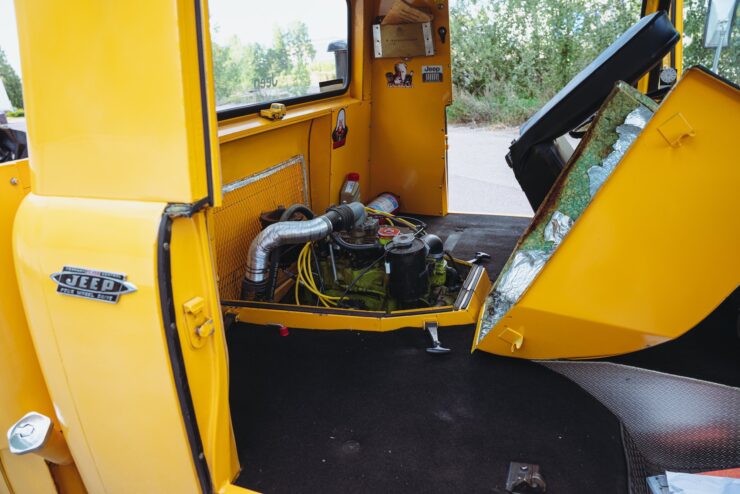
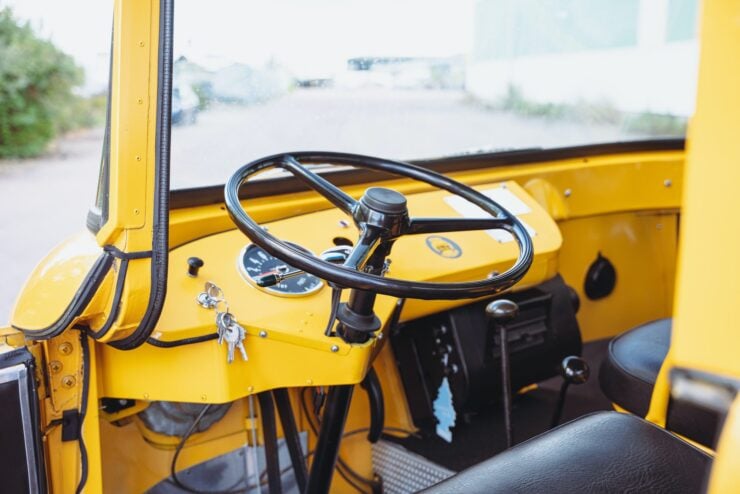
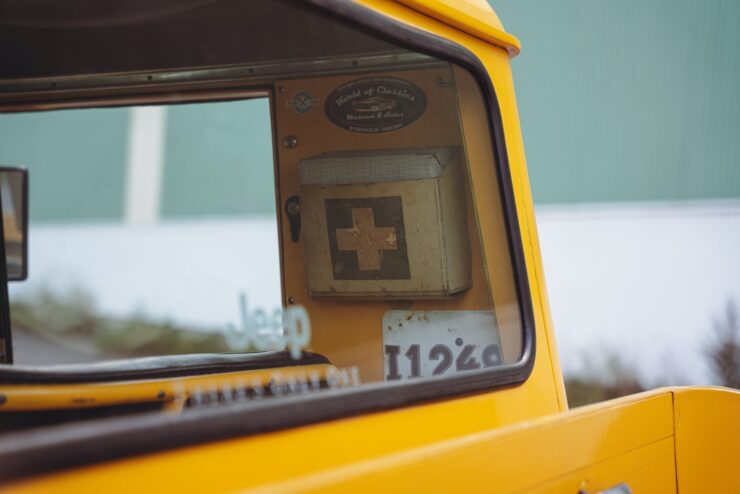
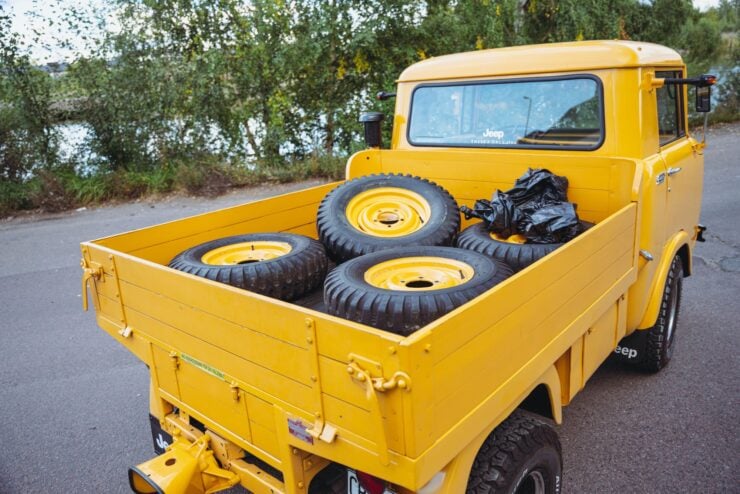
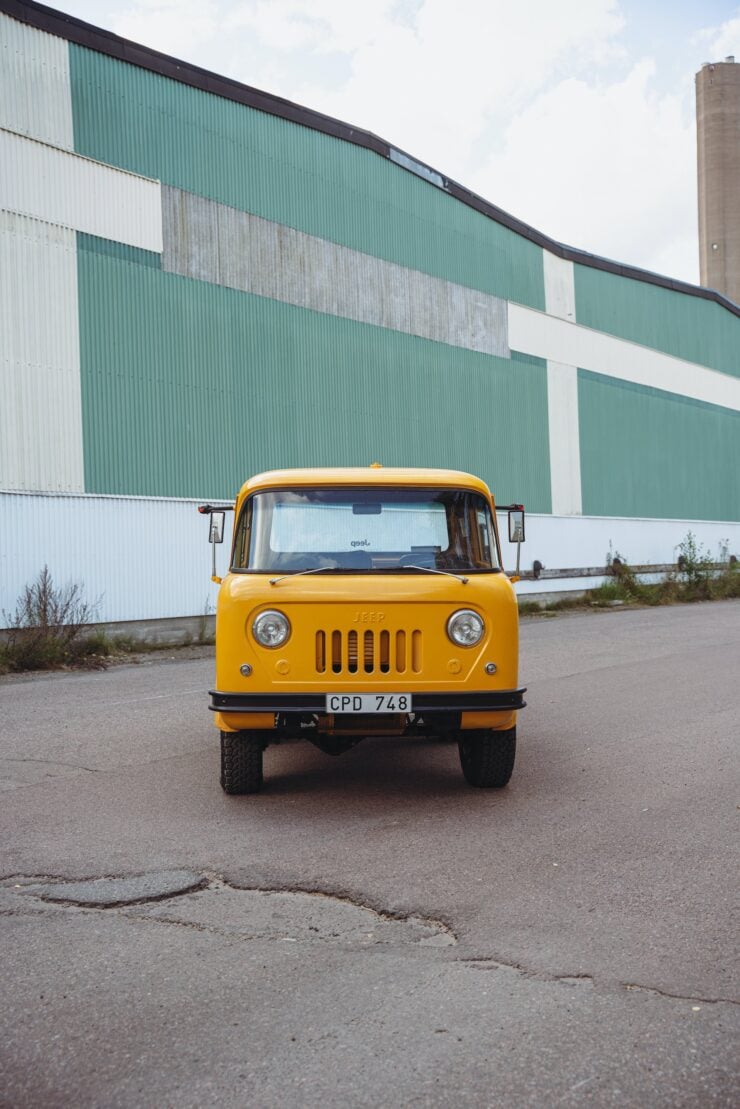
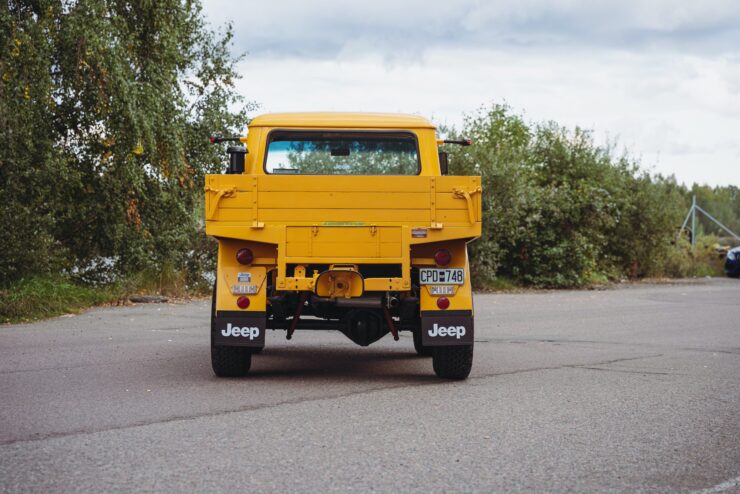
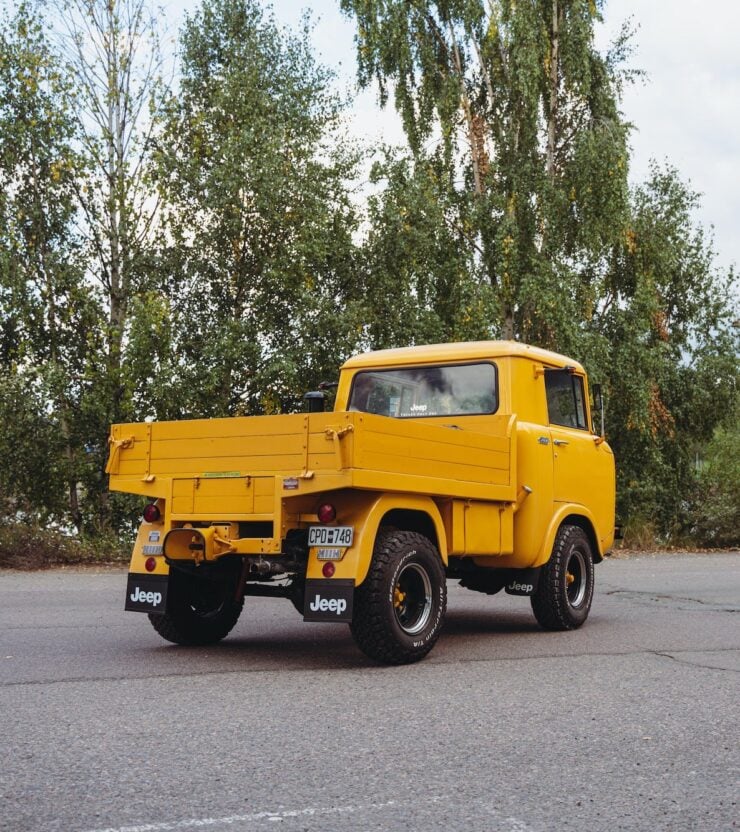
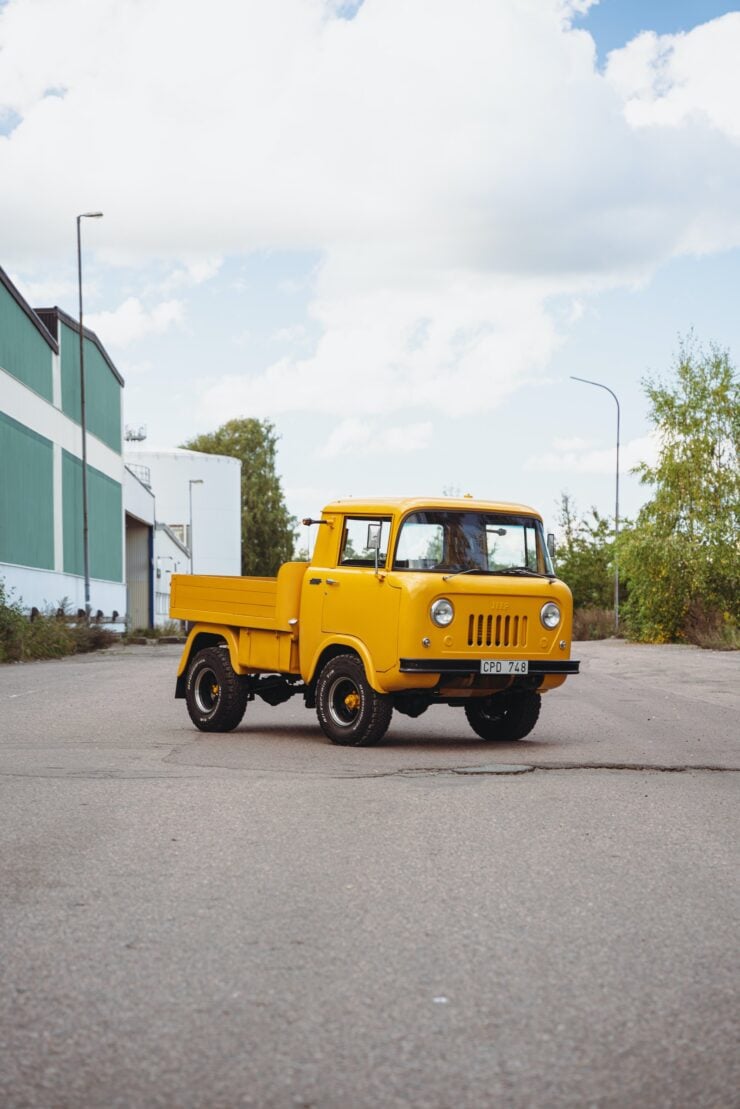
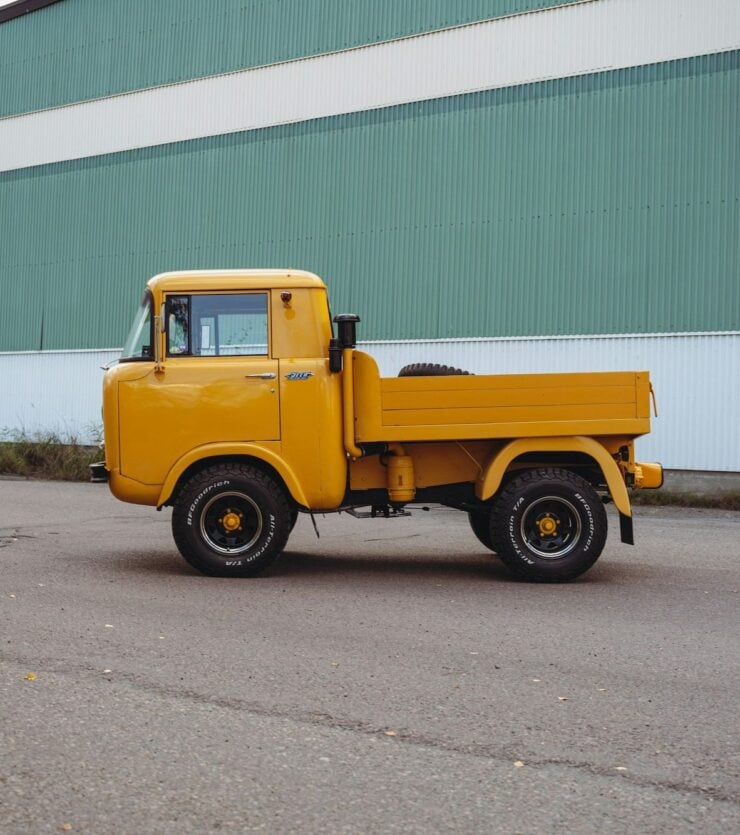
Images courtesy of Collecting Cars

